Pumpkin seeds, also known as pepitas, are celebrated for their nutritional benefits and culinary versatility. Rich in proteins, healthy fats, and essential minerals like magnesium, zinc, and iron, these seeds are enjoyed worldwide in various forms—from roasted snacks to oil and protein powders. The global demand for pumpkin seeds has been steadily increasing due to their health benefits and culinary uses.
Global Pumpkin Seed Production Overview
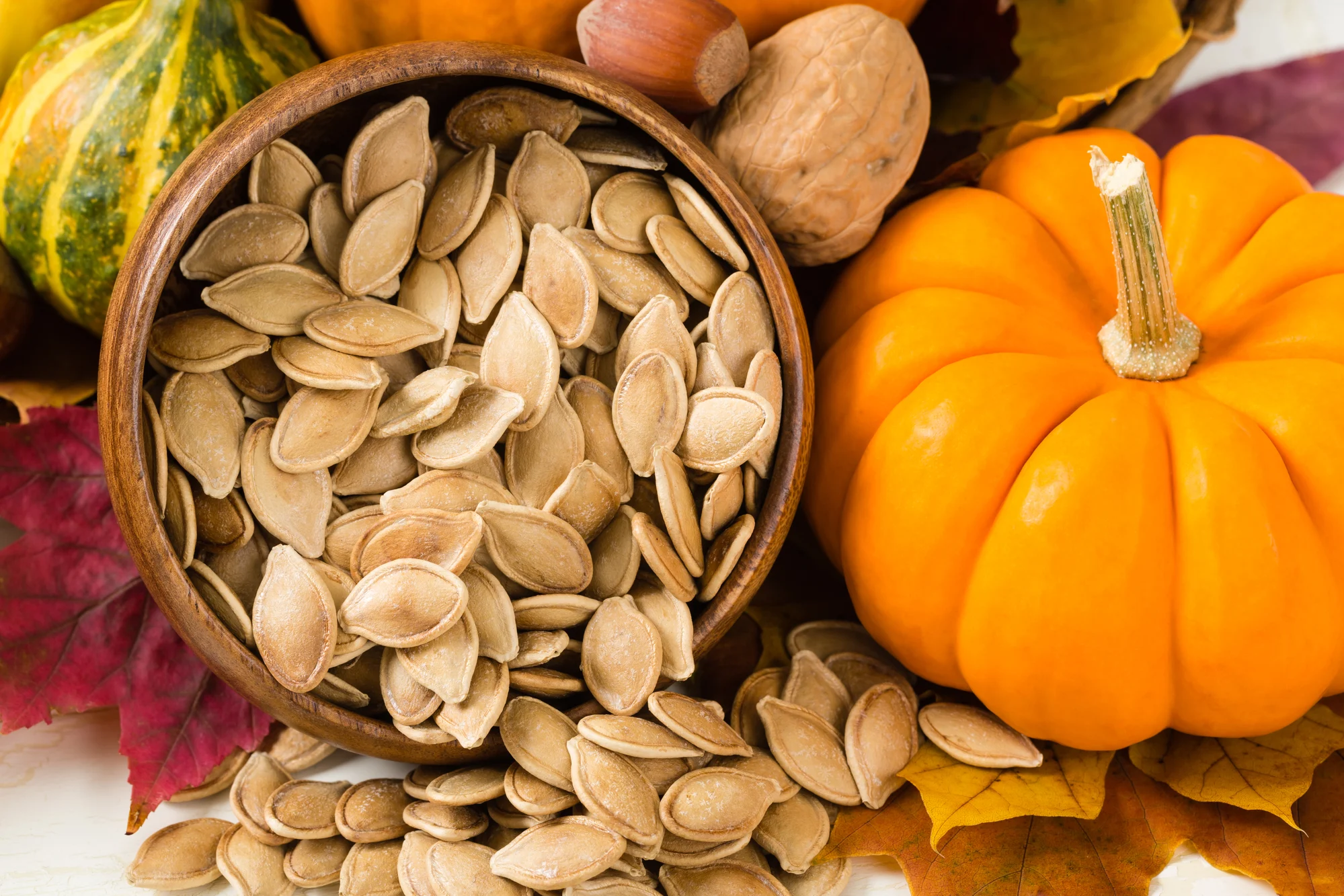
The production of pumpkin seeds is closely tied to the cultivation of pumpkins themselves. While many countries grow pumpkins, only a few have the climatic conditions and agricultural practices conducive to large-scale pumpkin seed production.
Leading Producers of Pumpkin Seeds

- China: China stands as the largest producer of pumpkin seeds globally. In 2024, the country produced over 711,000 tons of pumpkin seeds, marking a 20% increase from the previous year. This surge is attributed to favorable weather conditions and advancements in agricultural practices.
- India: India is another significant producer of pumpkin seeds. The country’s favorable climatic conditions and vast agricultural land contribute to its substantial production. While exact figures vary, India consistently ranks among the top producers globally.
- United States: The U.S., particularly states like Illinois and Oregon, is a major producer of pumpkin seeds. Illinois alone accounts for 90% to 95% of the nation’s pumpkin production, much of which is processed for seed extraction.
- Russia: Russia has a long history of pumpkin cultivation, and its vast agricultural regions contribute to its significant pumpkin seed production. The country’s production figures are substantial, placing it among the top producers globally.
- Ukraine: Ukraine’s fertile soil and favorable growing conditions make it a notable producer of pumpkins and, consequently, pumpkin seeds. The country’s production is significant, though slightly behind that of Russia.
Factors Influencing Pumpkin Seed Production
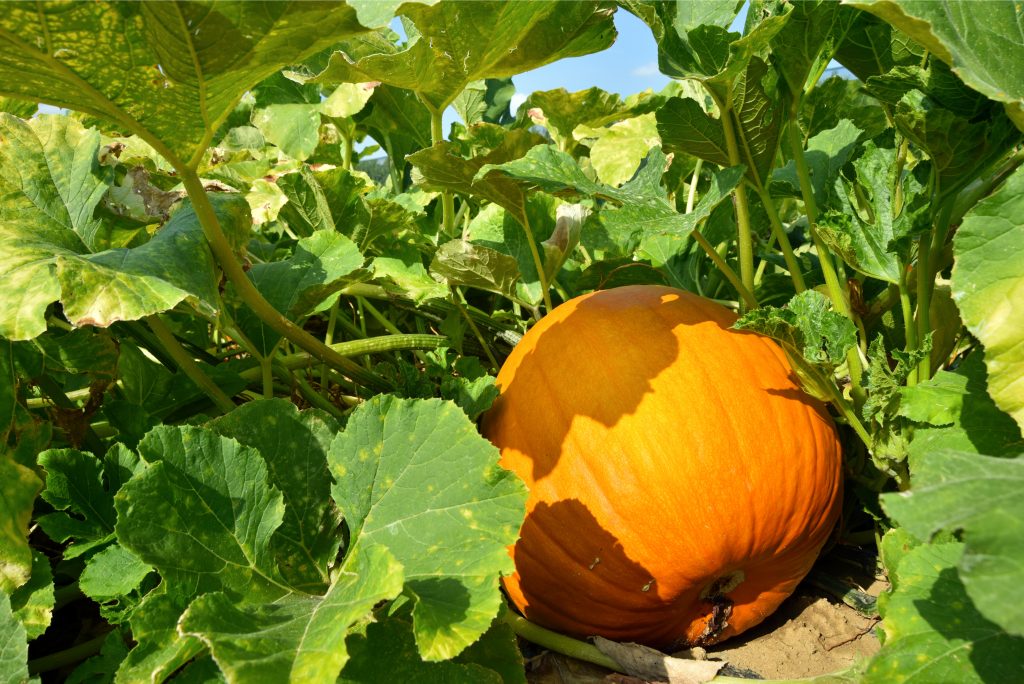
Several factors contribute to the varying levels of pumpkin seed production across different countries:
- Climatic Conditions: Regions with warm temperatures and ample sunlight are ideal for pumpkin cultivation. Countries like China and India benefit from such climates, leading to higher yields.
- Agricultural Practices: Advanced farming techniques, including crop rotation, pest management, and irrigation, enhance seed production. Nations with developed agricultural sectors tend to have higher productivity.
- Economic Factors: The demand for pumpkin seeds in both domestic and international markets can drive production. Countries that export large quantities of seeds often invest more in cultivation and processing.
- Research and Development: Investment in agricultural research leads to the development of high-yield pumpkin varieties and efficient harvesting methods, boosting seed production.
Economic Importance of Pumpkin Seed Production
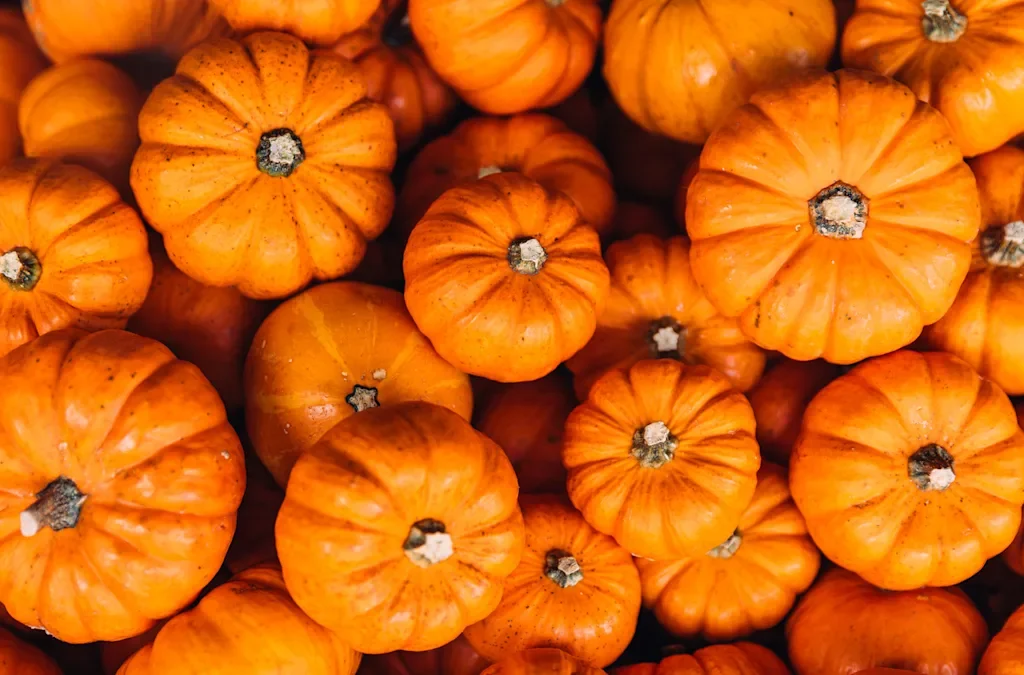
The pumpkin seed industry plays a crucial role in the economies of producing countries. In regions like China and India, pumpkin cultivation provides employment opportunities for millions of farmers. The seeds are processed into various products, including roasted snacks, oil, and protein powders, which are then exported globally.
In the United States, the pumpkin seed industry supports local economies, particularly in states like Illinois. The processing plants in these regions provide jobs and contribute to the agricultural sector’s growth.
Conclusion
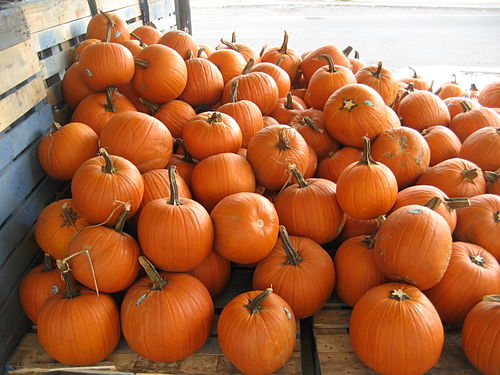
China leads the world in pumpkin seed production, followed by India, the United States, Russia, and Ukraine. These countries benefit from favorable climatic conditions, advanced agricultural practices, and significant domestic and international demand. As the global appetite for healthy snacks and plant-based proteins grows, the importance of pumpkin seed production is set to increase, further solidifying the economic and nutritional significance of this humble seed.
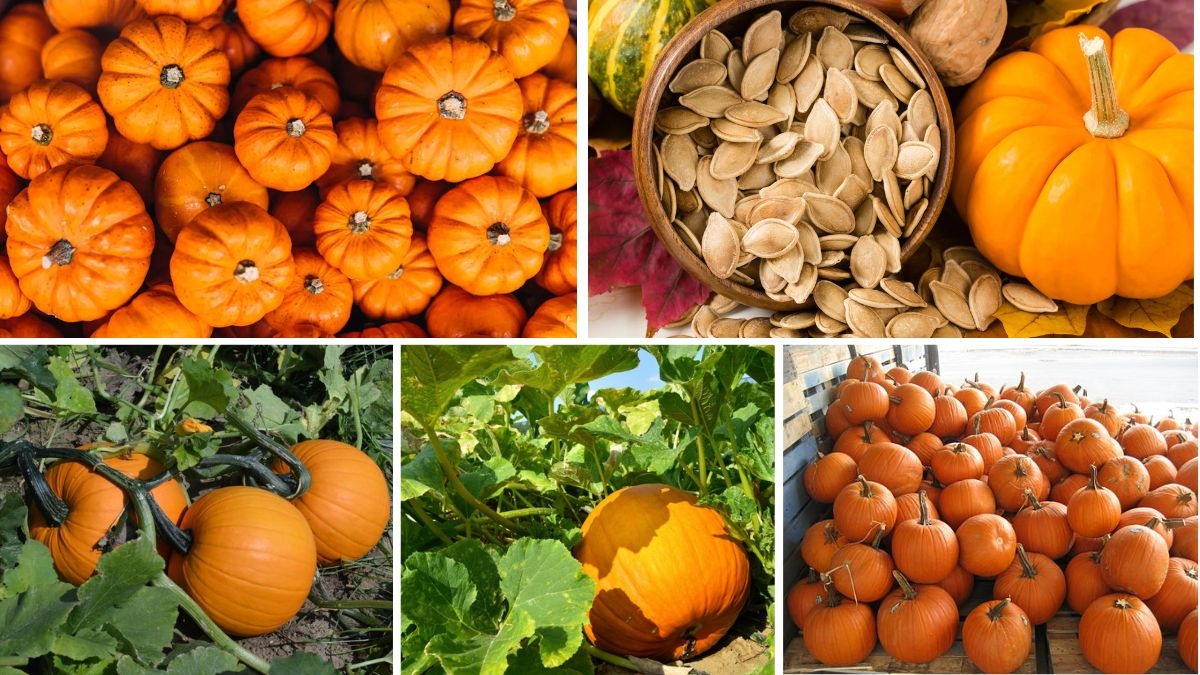



Leave A Comment